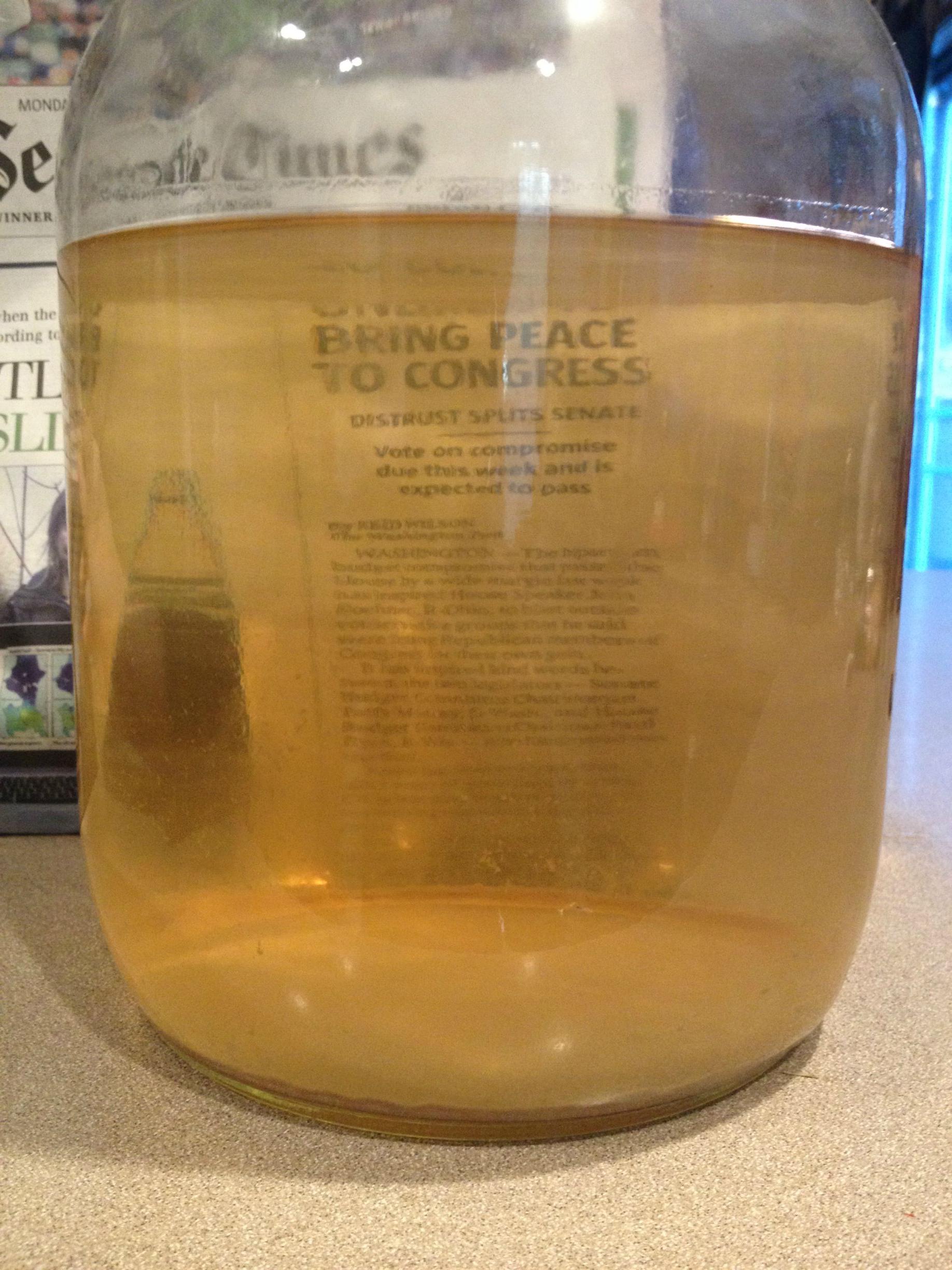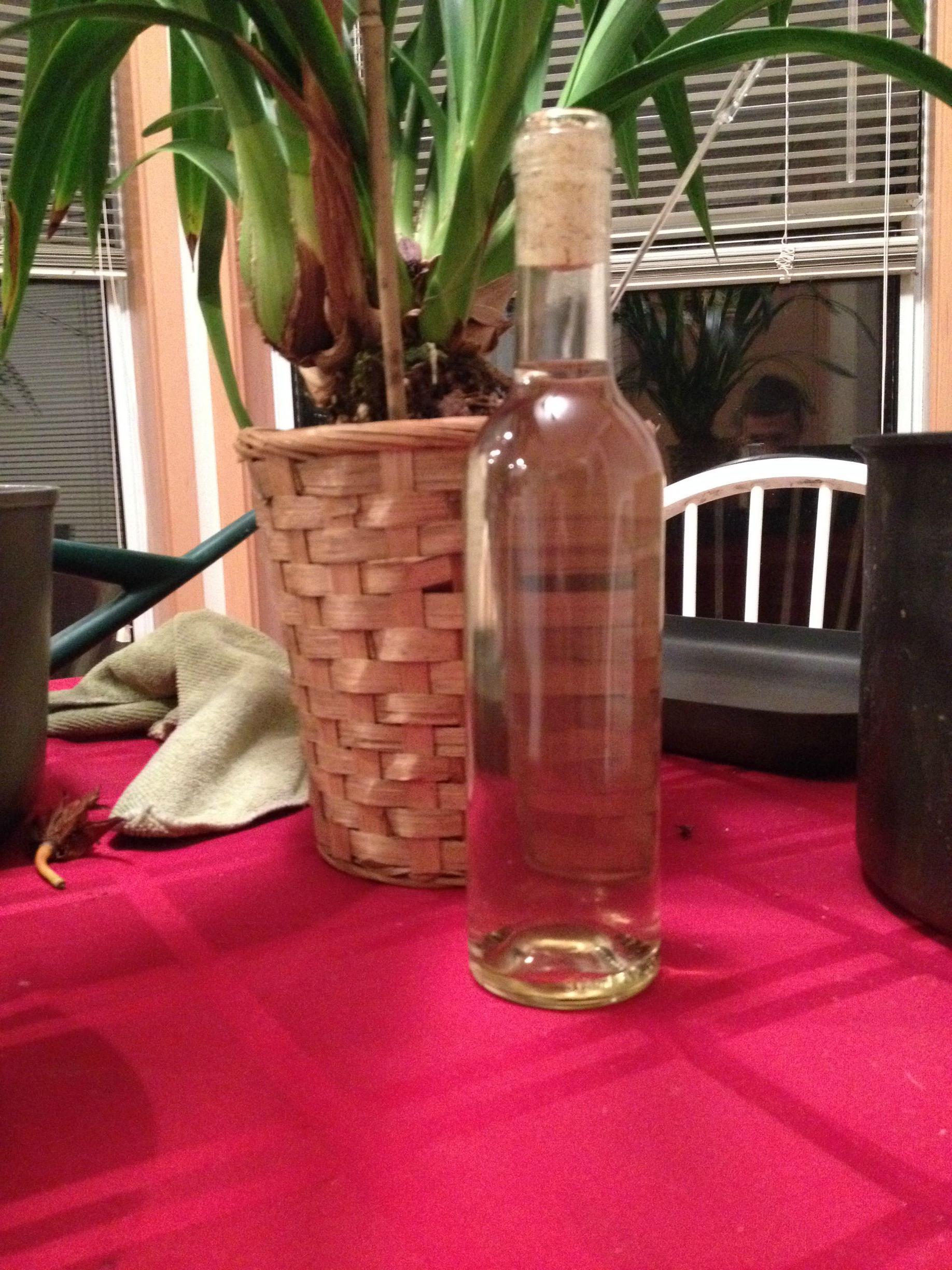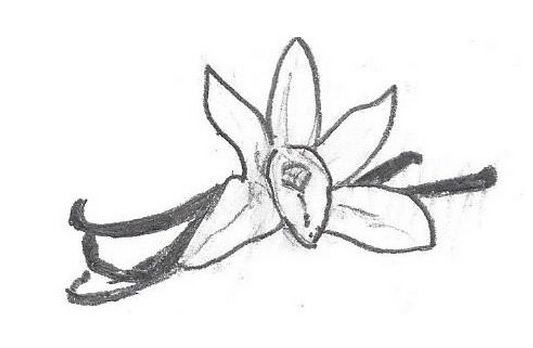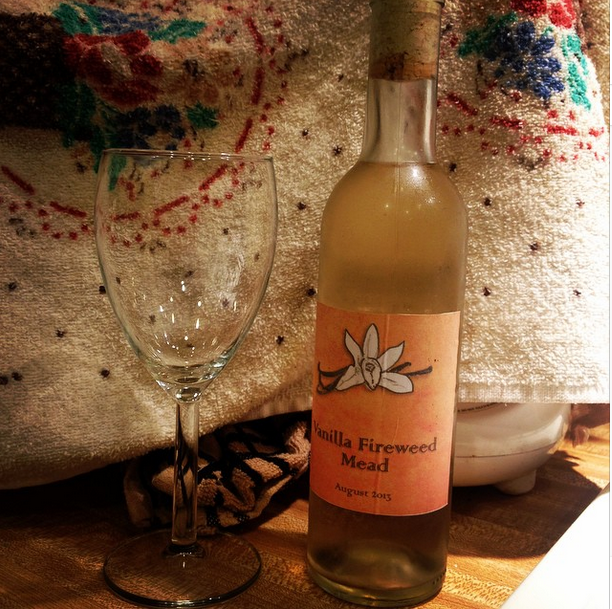MalamuteBrew
Member
This recipe was adapted from the Brewing Network Mead Episode from 12-01-08 featuring Ken Schramm, i used a smaller scale scale and different honey variety. This is also my first post on HBT so bear with me here.
In advance, add K-meta at chlorine/chloromine neutralizing dilution levels to 2 gallons of brewing water which at a 1 tablet per 20 gallons ratio works out to 55.0mg. Then add 3lbs of Fireweed honey (kens recipe uses orange blossom, feel free to use that if you can find it) and 1-3 cups of water to a sanitized kitchen mixer and proceed to "beat the snot out of it" for 5 minutes, allowing to come to a uniform mixture. This serves to aerate the must and also allows for a no heat mixing method.
Make a re-hydration solution for the yeast using 4 grams of Go-Ferm in 10mL of 104F water and sprinkle 3 grams of yeast evenly on top of the water without stirring. Ken actually recommended using a cake pan as a re-hydrating vessel for better absorbtion but i just used a sanitized measuring cup. Let re-hydration occur for 20 minutes.
Now, dilute your combined honey mixture with water up to about a gallon, and take a gravity reading. Ken's recipe clocked in at about 1.115, mine was 1.120, a bit off probably due to a difference in honey moisture content.
Very gently stir up your re-hydration solution and pitch your yeast and do not stir or shake it in the fermentor, the idea being to be as gentle with the yeast as possible, they have a long sugary road ahead of them.
6-8 hours later (after lag phase has had time to occur) aerate well and add about 1/10th teaspoon of Diammonium Phosphate and half that amount of Fermaid-K (just eyeball it in your 1/8th teaspoon, i didnt go through the trouble of calculating weight here). Repeat this nutrient addition every 24 hours 3 more times (for a total of 4 nutrient additions). You'll notice the must will foam up a bit more as your additions go on, this is good because you want CO2 to come out of solution, as it will suppress yeast activity.
Now leave that sucker until fermentation is complete, Ken mentions a good fermentation will be done in 14-21 days but mine is taking quite a bit longer, probably due to a number of factors like my inability to tightly control fermentation temp, or aerate properly due to the tiny neck on my vessel. I'm on day 36 and at 1.028.
Once that has finished up, rack to a secondary and add two, one-inch sections of split open vanilla bean to a muslin bag. You can steam the vanilla for about 5 minutes for sanitation, but Ken does not. shove it down into the neck of the fermentor in a way where you can easily retrieve it later. Taste the mead over the next few days and decide when you have reached the level of vanilla character that you want and then yank that bag out of there.
Now let it age! Based on Kens description, it will be drinkable at 4-5 months and will probably "hit its stride" in a year or two. My girlfriend just left the country for 5 months and I started it when she left, my plan is to cork some up in a wine bottle and give it as a gift to her when she gets back, thereby hopefully reminding her that I'm still awesome.
Some considerations: This recipe produces a sweet, still mead but I'm sure you could carbonate by adding some honey or another sugar source at bottling, although others might want to step in on the procedure here. Also Ken emphasized the importance of sourcing quality ingredients, avoiding the store-bought Kroger or Western Family bottles (though i did make a somewhat drinkable cyser using kroger honey), so I made sure to drive out to a local bee-keeper and get some nice raw fireweed honey (Mr. B's Honey if you live in the Seattle Area). I would love to also find some local orange blossom (which is what the original recipe used), tupalo, or raspberry blossom honey to try with this recipe. I did not pasteurize the honey or use any heat in mixing, the idea being to preserve the flavor of the honey by not disrupting the chemistry of the flavor compunds through heat, but I don't know too much about the subject. You're gonna have some yeast left over here, use it to make other things!
Happy mead making!
In advance, add K-meta at chlorine/chloromine neutralizing dilution levels to 2 gallons of brewing water which at a 1 tablet per 20 gallons ratio works out to 55.0mg. Then add 3lbs of Fireweed honey (kens recipe uses orange blossom, feel free to use that if you can find it) and 1-3 cups of water to a sanitized kitchen mixer and proceed to "beat the snot out of it" for 5 minutes, allowing to come to a uniform mixture. This serves to aerate the must and also allows for a no heat mixing method.
Make a re-hydration solution for the yeast using 4 grams of Go-Ferm in 10mL of 104F water and sprinkle 3 grams of yeast evenly on top of the water without stirring. Ken actually recommended using a cake pan as a re-hydrating vessel for better absorbtion but i just used a sanitized measuring cup. Let re-hydration occur for 20 minutes.
Now, dilute your combined honey mixture with water up to about a gallon, and take a gravity reading. Ken's recipe clocked in at about 1.115, mine was 1.120, a bit off probably due to a difference in honey moisture content.
Very gently stir up your re-hydration solution and pitch your yeast and do not stir or shake it in the fermentor, the idea being to be as gentle with the yeast as possible, they have a long sugary road ahead of them.
6-8 hours later (after lag phase has had time to occur) aerate well and add about 1/10th teaspoon of Diammonium Phosphate and half that amount of Fermaid-K (just eyeball it in your 1/8th teaspoon, i didnt go through the trouble of calculating weight here). Repeat this nutrient addition every 24 hours 3 more times (for a total of 4 nutrient additions). You'll notice the must will foam up a bit more as your additions go on, this is good because you want CO2 to come out of solution, as it will suppress yeast activity.
Now leave that sucker until fermentation is complete, Ken mentions a good fermentation will be done in 14-21 days but mine is taking quite a bit longer, probably due to a number of factors like my inability to tightly control fermentation temp, or aerate properly due to the tiny neck on my vessel. I'm on day 36 and at 1.028.
Once that has finished up, rack to a secondary and add two, one-inch sections of split open vanilla bean to a muslin bag. You can steam the vanilla for about 5 minutes for sanitation, but Ken does not. shove it down into the neck of the fermentor in a way where you can easily retrieve it later. Taste the mead over the next few days and decide when you have reached the level of vanilla character that you want and then yank that bag out of there.
Now let it age! Based on Kens description, it will be drinkable at 4-5 months and will probably "hit its stride" in a year or two. My girlfriend just left the country for 5 months and I started it when she left, my plan is to cork some up in a wine bottle and give it as a gift to her when she gets back, thereby hopefully reminding her that I'm still awesome.
Some considerations: This recipe produces a sweet, still mead but I'm sure you could carbonate by adding some honey or another sugar source at bottling, although others might want to step in on the procedure here. Also Ken emphasized the importance of sourcing quality ingredients, avoiding the store-bought Kroger or Western Family bottles (though i did make a somewhat drinkable cyser using kroger honey), so I made sure to drive out to a local bee-keeper and get some nice raw fireweed honey (Mr. B's Honey if you live in the Seattle Area). I would love to also find some local orange blossom (which is what the original recipe used), tupalo, or raspberry blossom honey to try with this recipe. I did not pasteurize the honey or use any heat in mixing, the idea being to preserve the flavor of the honey by not disrupting the chemistry of the flavor compunds through heat, but I don't know too much about the subject. You're gonna have some yeast left over here, use it to make other things!
Happy mead making!






